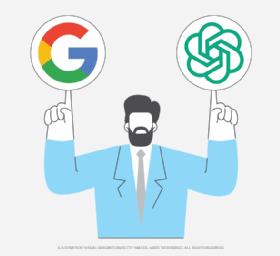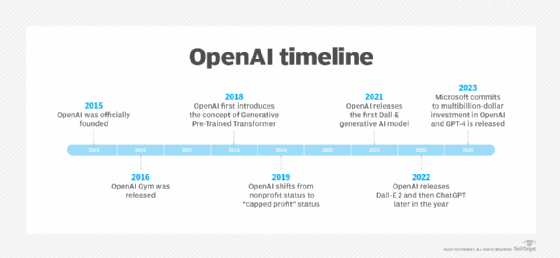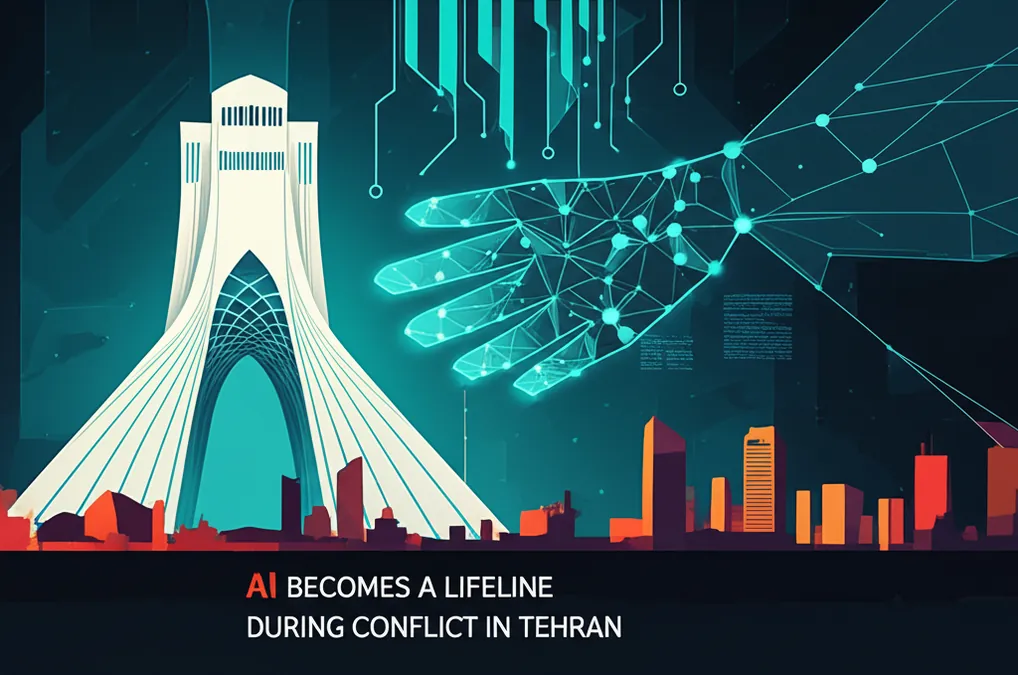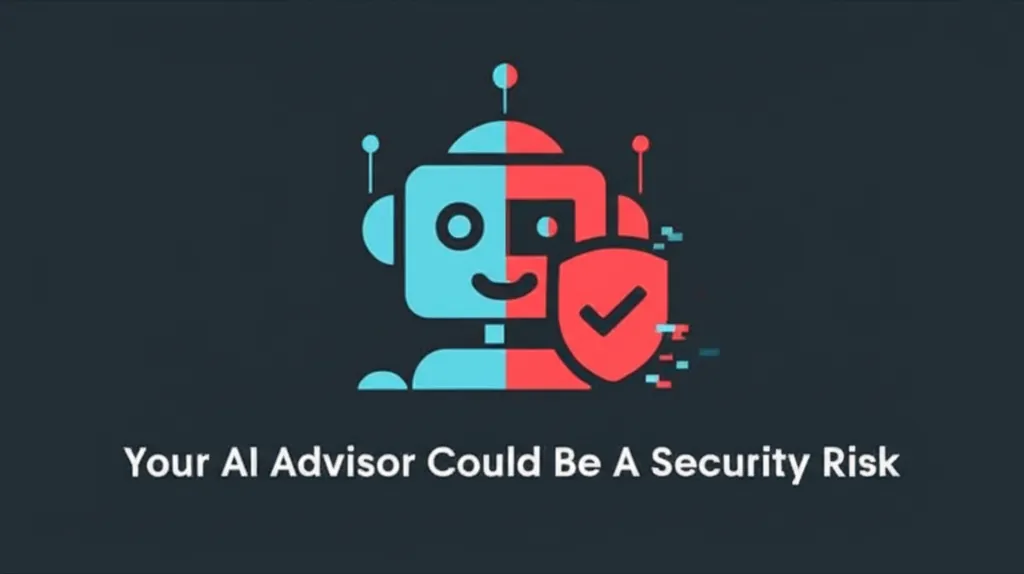Developer Offer
Try ImaginePro API with 50 Free Credits
Build and ship AI-powered visuals with Midjourney, Flux, and more — free credits refresh every month.
Can OpenAI Keep Its Generative AI Crown
Despite the shifting dynamics among AI model creators, enterprises, and cloud providers, the rapid pace of digital technology's progress ensures there will always be a need for innovators like OpenAI.
It’s hard to believe how much has changed since late 2022, when OpenAI stunned the world with its release of the ChatGPT large language model (LLM). At the time, the idea of having a natural conversation with a neural network was almost inconceivable. The release was so momentous that it immediately raised questions about who would control the future of generative AI.
Now, as the GenAI market matures, OpenAI faces the risk of being overshadowed by tech giants who are rapidly advancing their own AI capabilities. Google, in particular, has been flooding the market with new products after being caught off-guard by OpenAI's groundbreaking move.
The ChatGPT Spark That Ignited an AI Revolution
ChatGPT not only propelled OpenAI to the forefront of GenAI but also opened doors for partnerships between independent model providers—like Anthropic and Cohere—and tech giants such as Google, Microsoft, AWS, and Oracle. This new era also created space for open-source innovators, including Meta and smaller vendors like Mistral and DeepSeek.
 OpenAI has served as a catalyst for the AI race for Google and legacy tech vendors.
OpenAI has served as a catalyst for the AI race for Google and legacy tech vendors.
Initially, there was uncertainty about whether newcomers like OpenAI could overtake established players like Google. Enterprises were cautious due to privacy concerns with a model trained on the open internet, but the technology's appeal was too strong to ignore.
The race intensified as Microsoft deepened its investment in OpenAI. "This idea about LLMs would not have taken off if it wasn't for that interface," said Mark Beccue, an analyst at Enterprise Strategy Group. "It changed everything. It just changed the trajectory and unleashed the idea of generative AI."
Beyond the interface, OpenAI showed the world what was possible. "When ChatGPT came out, it unlocked the imagination of what generative AI could do for the first time," said Gartner analyst Chirag Dekate. While text-generating LLMs existed before, ChatGPT’s introduction of reinforcement learning from human feedback (RLHF) was a game-changer.
Forcing the Giants' Hand: How Startups Drove Innovation
While the tech giants had the resources to advance this new AI technology, they were also unprepared. "Companies that were focused on a traditional cloud sort of play... they were forced to innovate," Dekate explained. "They were forced to revisit their assumptions because moments like ChatGPT... changed the industry altogether."
It’s well-known that Google had the talent and research to lead, but its cautious approach held it back. "OpenAI forced Google to productize," said Sarah Kreps, a Cornell University professor. OpenAI also gave Microsoft a major boost, allowing it to integrate powerful models into its ecosystem without building them from scratch. Close behind OpenAI, the rise of Anthropic similarly pushed Google to accelerate its Gemini models.
"These startups disrupted the pace—as well as the direction—of big tech's AI agendas," Kreps noted. "Cloud providers are no longer just infrastructure vendors; they're now distribution channels for foundation models."
These partnerships were driven by a mutual need. Frontier models required robust infrastructure, which cloud providers could offer. This led to a new level of "coopetition," where vendors cooperate and compete simultaneously. Analyst Bradley Shimmin believes that while this progress was inevitable, these partnerships accelerated the timeline significantly.
Shifting Alliances and Enterprise Loyalty to the Cloud
Nearly four years after the ChatGPT moment, these alliances are showing signs of strain. The friction between Microsoft and OpenAI has become apparent, with OpenAI now seeking other investors like SoftBank. As model providers mature, they increasingly want to sell directly to customers, creating more friction with their cloud partners.
A key part of this shift is that enterprises, despite experimenting with innovators, are returning to the cloud providers they know and trust. "Enterprises do not have the luxury of starting with a clean sheet," said Dekate. They are accessing models from OpenAI, Anthropic, and Google, but within the familiar context of their existing enterprise architecture on AWS, Google Cloud, or Microsoft Azure.
Kreps agrees, stating that the dominant cloud providers control integration, billing, and security. "In the long run, AI capabilities will become another service tier bundled into broader cloud commitments," she said.
Enterprises are also exploring open-source innovators like Mistral and adopting hybrid approaches with smaller, fine-tuned models. However, this may not be enough to keep independent model makers relevant as everyone from IBM to Meta now builds their own models.

OpenAI's Next Moves to Remain a Disruptor
The model makers, especially OpenAI, understand this dynamic. To stay ahead, OpenAI is working to remain a market disruptor. It recently acquired a startup founded by former Apple designer Jony Ive to create new hardware for AI interfaces and partnered with Mattel to develop AI-powered toys.
Moves like these show that OpenAI continues to unlock imagination, something cloud vendors often struggle with. "If you do not have OpenAI and Anthropic, I'm willing to bet that the cloud providers will go back to playing yesterday's game," Dekate said, emphasizing the need for external pressure to drive change.
Furthermore, the emergence of agentic AI represents the next wave of innovation. "It's disruptive. It causes more players to enter the space," said Beccue. As this new phase of AI develops, the interplay between OpenAI and big tech will continue, promising even more competition on the horizon.
Compare Plans & Pricing
Find the plan that matches your workload and unlock full access to ImaginePro.
| Plan | Price | Highlights |
|---|---|---|
| Standard | $8 / month |
|
| Premium | $20 / month |
|
Need custom terms? Talk to us to tailor credits, rate limits, or deployment options.
View All Pricing Details

